The Importance of Water Conservation
Water is one of the most precious resources on our planet, yet it often goes unnoticed until it’s too late. Imagine waking up one day to find that the tap runs dry or that the rivers and lakes that once nourished the land have shrunk to mere puddles. This scenario is not just a dystopian fantasy; it’s a reality for billions of people worldwide. That’s why water conservation is not just a buzzword; it’s a necessity. In this article, we will explore the critical need for water conservation, highlighting its environmental, economic, and social benefits, while offering practical tips for individuals and communities to contribute to sustainable water management.
Water conservation is about more than just saving a few dollars on your utility bill; it’s about protecting our planet for future generations. Think of it as a lifeline for our ecosystems, our agriculture, and ultimately, our survival. The more we conserve water, the more we can ensure that our rivers, lakes, and wetlands thrive. This article will take you through the many facets of water conservation, making you realize that every drop counts!
So, why should we care about conserving water? First, let’s delve into the concept of water scarcity. Water scarcity affects billions worldwide, leading to severe consequences for health, agriculture, and ecosystems. Understanding its causes helps us recognize the urgency of conservation efforts to ensure a sustainable future. We live in a world where the demand for water is skyrocketing due to population growth and industrialization, while the supply remains limited. This imbalance creates a pressing need for effective water management strategies that can mitigate the looming crisis.
Moreover, the environmental impact of water waste cannot be overstated. Wasting water has dire consequences, including habitat destruction and reduced biodiversity. When we waste water, we are not just taking away a vital resource from ourselves but also from countless species that depend on it for survival. By conserving water, we can protect our planet's delicate ecosystems and promote sustainability. It’s like a ripple effect; when we save water, we’re also saving the environment.
In essence, water conservation is not merely about the act of saving water; it’s about fostering a culture of sustainability and responsibility. It’s about recognizing that every action we take, no matter how small, has the potential to create a significant impact. As we continue to explore the various benefits and practical tips for water conservation throughout this article, remember that your choices matter. Together, we can make a difference, one drop at a time!
- Why is water conservation important? Water conservation is crucial for ensuring a sustainable supply of water for future generations, protecting ecosystems, and reducing the impact of climate change.
- How can individuals contribute to water conservation? Individuals can save water by fixing leaks, using water-efficient appliances, and practicing mindful water usage in daily activities.
- What are some community initiatives for water conservation? Communities can implement programs like rainwater harvesting, public awareness campaigns, and local clean-up drives to promote water conservation.
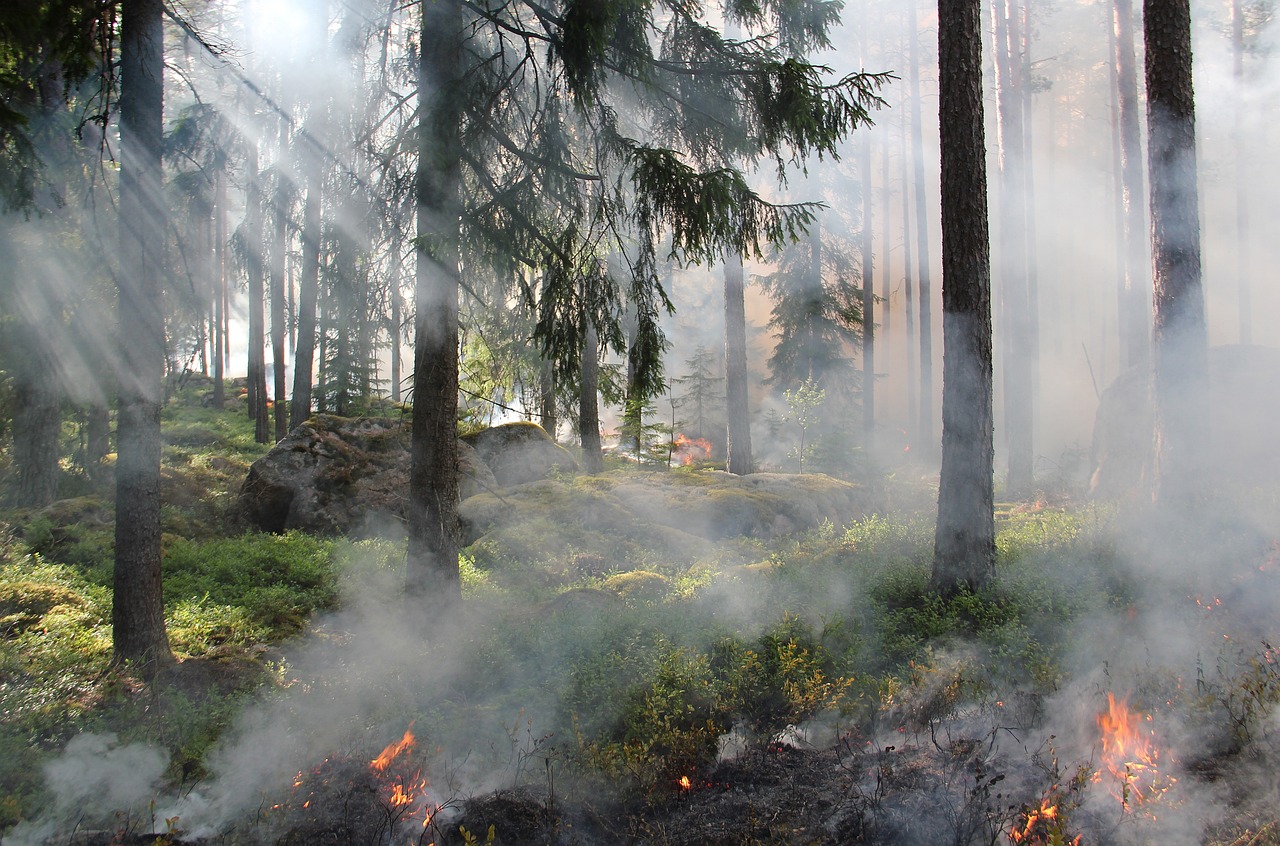
Understanding Water Scarcity
Water scarcity is a pressing issue that affects billions of people around the globe. Imagine living in a world where turning on the tap yields nothing but a dry, empty sound. For many, this is a harsh reality. Water scarcity occurs when the demand for water exceeds its supply, leading to severe consequences for health, agriculture, and ecosystems. The urgency of this crisis cannot be overstated; understanding its causes is the first step toward effective conservation efforts.
There are several reasons behind water scarcity, including:
- Population Growth: As the global population continues to rise, the demand for water increases exponentially. More people mean more needs—food, sanitation, and drinking water—all of which rely heavily on water resources.
- Climate Change: Unpredictable weather patterns, prolonged droughts, and extreme weather events have become more common, further straining available water resources.
- Pollution: Contaminated water sources reduce the amount of clean water available for consumption and agriculture, exacerbating scarcity issues.
- Over-extraction: Excessive withdrawal of water from rivers, lakes, and aquifers can lead to depletion, making it difficult for ecosystems and communities to thrive.
These factors contribute to a complex web of challenges that require immediate attention. For instance, in many developing countries, people spend hours each day collecting water, which could otherwise be spent on education or economic activities. This not only affects individual lives but also stunts community development and growth.
Moreover, the consequences of water scarcity extend beyond mere inconvenience. It can lead to severe health issues, including malnutrition and disease, as clean water becomes increasingly difficult to access. Agriculture suffers, too, as crops fail due to insufficient irrigation, leading to food shortages and increased prices. The ripple effects of water scarcity can destabilize economies, leading to conflict and migration as people search for more sustainable living conditions.
In light of these challenges, it is crucial for individuals, communities, and governments to recognize the urgency of water conservation. By understanding the causes and implications of water scarcity, we can work together to promote sustainable practices that protect this vital resource for future generations.
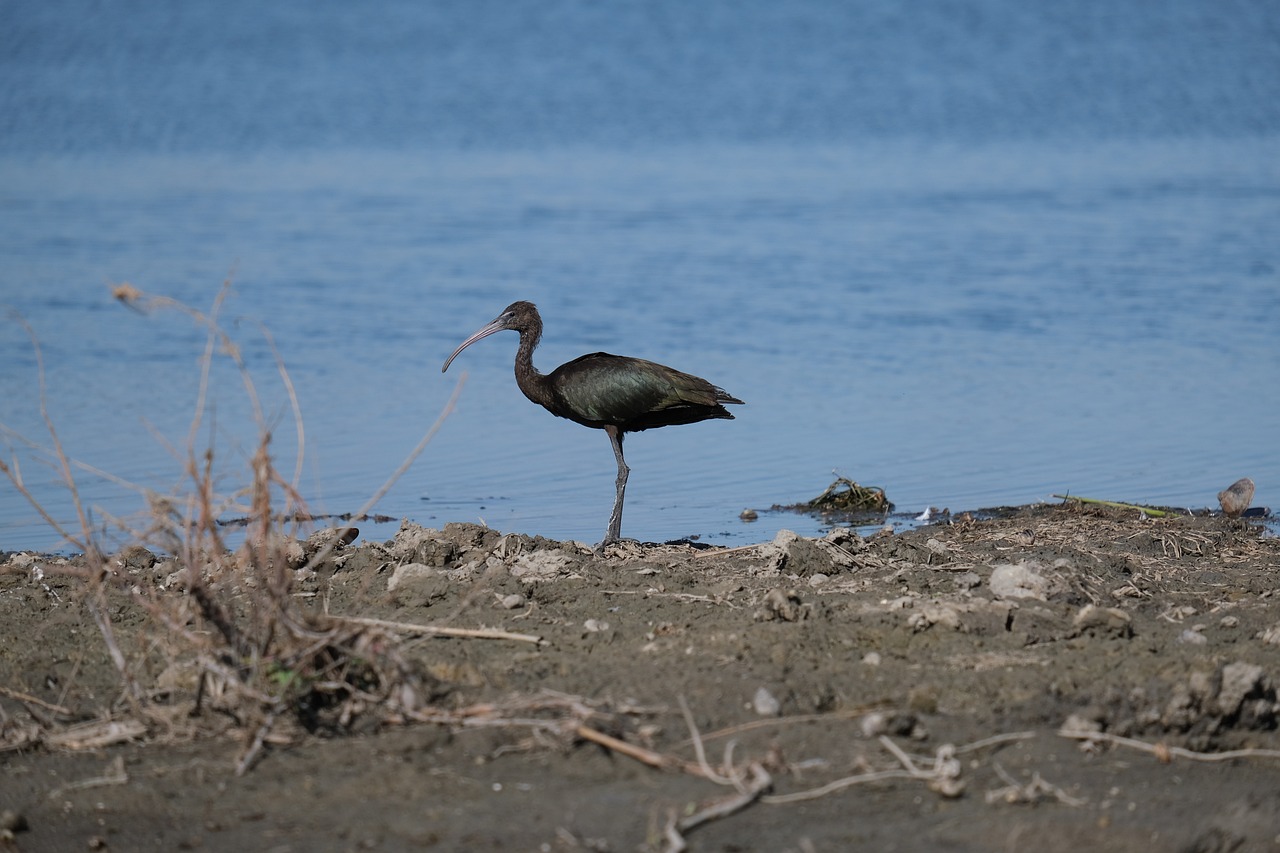
Environmental Impact of Water Waste
Water waste isn't just a minor inconvenience; it has dire environmental consequences that ripple through our ecosystems, affecting everything from the tiniest microorganisms to the largest mammals. When we waste water, we not only deplete this precious resource but also contribute to a cascade of negative effects that can lead to habitat destruction and a significant reduction in biodiversity. Imagine a vibrant ecosystem bustling with life, suddenly stifled by the lack of water. This scenario is becoming all too common, highlighting the urgent need for water conservation.
One of the most alarming impacts of water waste is on aquatic ecosystems. These environments are particularly vulnerable, as they rely heavily on a consistent supply of clean water. When we over-extract water from rivers and lakes or allow pollution to seep into these bodies, we threaten the delicate balance that supports life. Fish populations, for instance, suffer immensely from reduced water quality and habitat loss. The need for conservation becomes crystal clear: by conserving water, we protect these vital habitats and the myriad species that depend on them.
Let’s take a closer look at the effects of water waste on aquatic ecosystems. Over-extraction of water leads to:
- Decreased water levels: This can result in the drying up of rivers and lakes, making it impossible for fish and other aquatic life to thrive.
- Increased pollution: As water levels drop, pollutants become more concentrated, further harming aquatic species.
- Loss of biodiversity: Many species struggle to adapt to changing conditions, leading to population declines and even extinction.
Moreover, freshwater species are not just numbers; they play crucial roles in their ecosystems. Many freshwater species face extinction due to habitat loss and pollution. The importance of water conservation in preserving these species cannot be overstated. By reducing water waste, we can help maintain biodiversity and ensure that these species continue to thrive.
Freshwater ecosystems are teeming with life, but they are incredibly sensitive to changes in water quality and quantity. Species such as the California freshwater shrimp and the Yangtze giant softshell turtle are just a couple of examples of freshwater species that are on the brink of extinction due to habitat degradation and pollution. Protecting these species requires a collective effort to conserve water and reduce waste. Every drop counts, and by being mindful of our water usage, we can contribute to the preservation of these invaluable species.
Wetlands are often referred to as the earth's kidneys because of their ability to filter and purify water. They play a crucial role in maintaining water quality and supporting wildlife. However, wetland areas are disappearing at an alarming rate due to human activities and water waste. By conserving water, we not only protect these vital ecosystems but also ensure their functions in flood control and carbon storage remain intact. Wetlands act as natural buffers, absorbing excess water during heavy rains and releasing it slowly during dry periods, which helps to mitigate the impacts of climate change.
The relationship between climate change and water resources is a complex one. As our climate continues to change, we see an increase in unpredictable weather patterns and prolonged droughts, exacerbating water scarcity. This situation reinforces the need for robust water conservation measures. We must recognize that conserving water is not just a local issue but a global necessity. Every action we take to reduce water waste contributes to a more sustainable future.
In conclusion, the environmental impacts of water waste are profound and far-reaching. From the degradation of aquatic ecosystems to the extinction of freshwater species, the consequences of our actions are evident. By prioritizing water conservation, we have the power to protect our planet's delicate ecosystems and promote sustainability for generations to come.
Q: Why is water conservation important?
A: Water conservation is crucial to protect our ecosystems, ensure a sustainable supply of clean water, and mitigate the impacts of climate change.
Q: How can I conserve water at home?
A: Simple actions like fixing leaks, using water-efficient appliances, and being mindful of water usage during daily activities can significantly reduce water waste.
Q: What role do wetlands play in water conservation?
A: Wetlands filter and purify water, support wildlife, and help manage floodwaters, making them essential for maintaining healthy ecosystems.
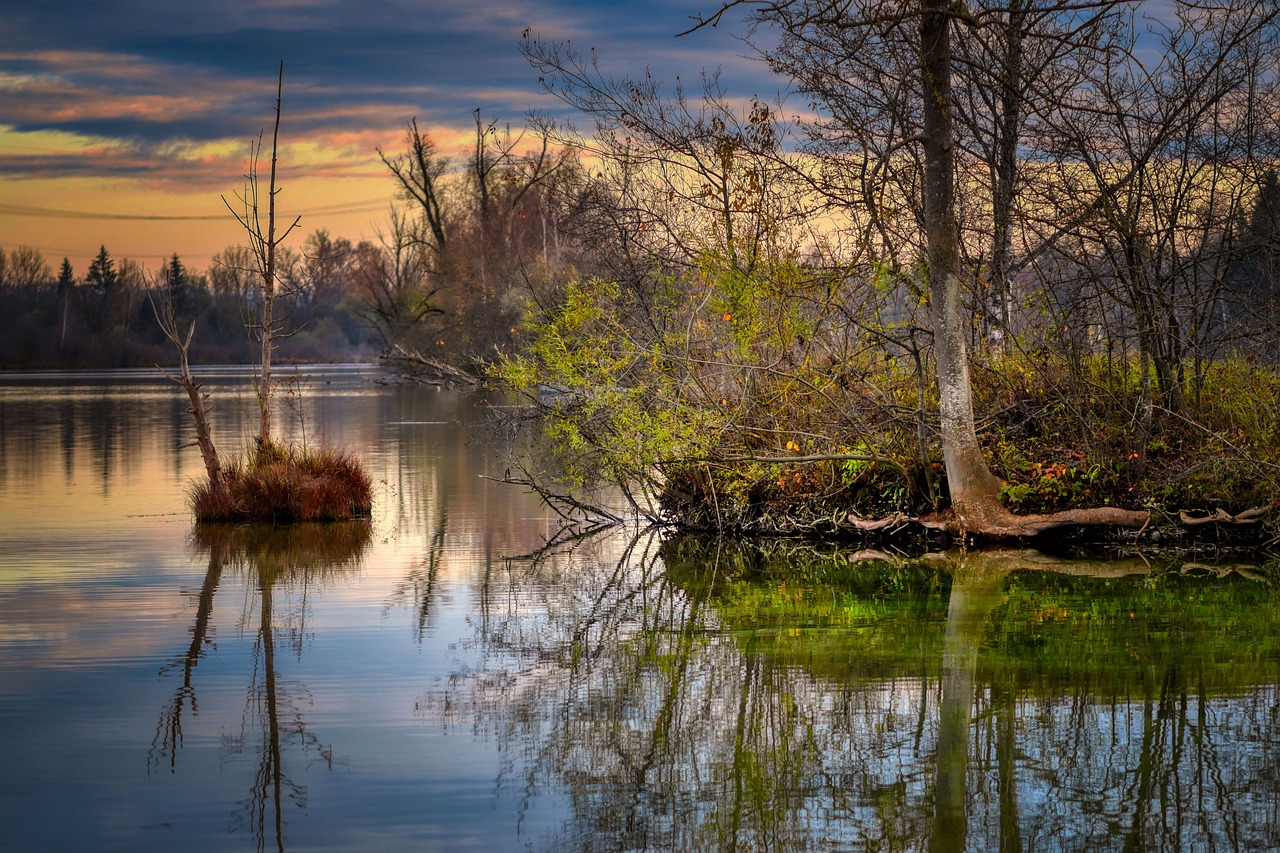
Effects on Aquatic Ecosystems
Water is the lifeblood of our planet, and when we waste it, we not only jeopardize our own future but also the delicate balance of aquatic ecosystems. These ecosystems, teeming with life, are particularly vulnerable to the effects of water waste. Over-extraction of water from rivers, lakes, and wetlands can lead to severe consequences, such as habitat destruction and a decline in biodiversity. Imagine a vibrant underwater world, filled with colorful fish and lush aquatic plants. Now, picture that world slowly fading away due to our negligence. This is the grim reality that many aquatic ecosystems face today.
One of the most pressing issues is the impact of pollution on water quality. Pollutants from agricultural runoff, industrial discharges, and urban waste can create toxic environments for aquatic species. Fish populations, for instance, are particularly sensitive to changes in water quality. When pollutants enter their habitats, it can lead to a decline in fish health, reproductive issues, and even mortality. This not only affects the fish themselves but also the entire food web, as many animals depend on fish as a primary food source. The ripple effect can be devastating, leading to reduced populations of birds, mammals, and even humans who rely on these species for sustenance.
Furthermore, the alteration of natural water flow due to damming and water diversion can disrupt the migratory patterns of fish and other aquatic organisms. Many species, like salmon, depend on specific water conditions to spawn. When their habitats are altered, it can lead to decreased populations and, in some cases, extinction. This is a stark reminder of how interconnected our ecosystems are and the critical role that water conservation plays in maintaining these connections.
To illustrate the severity of the impact of water waste on aquatic ecosystems, consider the following table:
| Impact of Water Waste | Consequences |
|---|---|
| Over-extraction | Habitat destruction, reduced fish populations |
| Pollution | Toxic environments, health decline in aquatic species |
| Altered water flow | Disrupted migratory patterns, species extinction |
In conclusion, the effects of water waste on aquatic ecosystems are profound and far-reaching. By conserving water, we can help protect these vital habitats and the myriad species that depend on them. Every drop saved is a step towards preserving our planet's biodiversity and ensuring a sustainable future for all living beings.
- Why is water conservation important? Water conservation is crucial for maintaining healthy ecosystems, supporting agriculture, and ensuring a sustainable supply of water for future generations.
- How does water waste affect fish populations? Water waste can lead to habitat destruction and pollution, which negatively impacts fish health, reproductive success, and overall population numbers.
- What can individuals do to conserve water? Simple actions like fixing leaks, using water-efficient appliances, and being mindful of water use in daily activities can significantly reduce water waste.
- Are there technologies available to help with water conservation? Yes, there are many innovative technologies, such as low-flow fixtures, rainwater harvesting systems, and smart irrigation controllers, that can help reduce water usage.
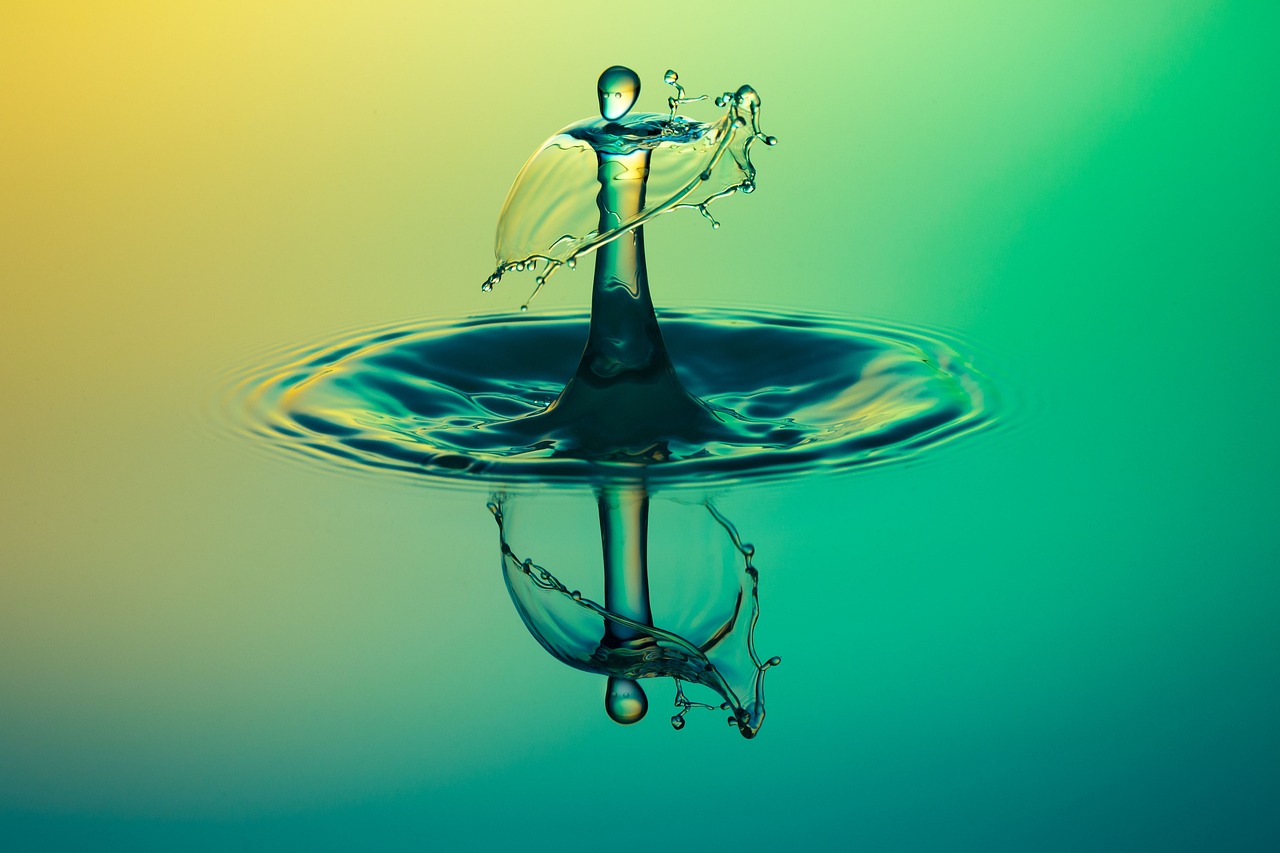
Impact on Freshwater Species
Freshwater ecosystems are incredibly rich and diverse, serving as habitats for countless species, many of which are found nowhere else on Earth. However, these ecosystems are under siege, primarily due to human activities that lead to habitat destruction and pollution. The consequences of water waste and mismanagement can be catastrophic for freshwater species. Imagine a vibrant river teeming with life, suddenly choked by pollutants or drained dry. This scenario is not just a nightmare; it’s a reality for many aquatic organisms.
One of the most alarming impacts of water scarcity is the decline in fish populations. Over-extraction of water from rivers and lakes disrupts the natural flow and temperature of aquatic habitats, making it difficult for fish to spawn and survive. For instance, species like the Atlantic salmon and the California Delta smelt have faced significant threats due to habitat loss and altered water conditions. When water levels drop, it not only affects the fish directly but also reduces the availability of food sources and safe spawning grounds.
Moreover, pollution plays a significant role in the decline of freshwater species. Contaminants from agricultural runoff, industrial waste, and sewage can introduce harmful substances into water bodies. These pollutants can lead to bioaccumulation in fish, making them unsafe for consumption and disrupting entire food webs. The ripple effects of such pollution can be felt throughout the ecosystem, affecting not just fish but also birds, mammals, and even plants that rely on clean water for survival.
To illustrate the severity of the situation, consider the following table that highlights some of the most affected freshwater species and the primary threats they face:
| Species | Primary Threats |
|---|---|
| Atlantic Salmon | Habitat loss, pollution, overfishing |
| California Delta Smelt | Water diversion, habitat degradation, pollution |
| Freshwater Mussels | Pollution, invasive species, habitat loss |
| Brook Trout | Climate change, habitat loss, competition from non-native species |
It is crucial to recognize that the decline of freshwater species is not just an environmental issue; it is a social and economic one as well. Healthy freshwater ecosystems provide essential services, including clean drinking water, recreational opportunities, and support for local economies through fishing and tourism. When these species suffer, communities that depend on them for their livelihoods also feel the impact. Therefore, conserving water is not just about saving a resource; it’s about protecting the intricate web of life that relies on it.
In conclusion, the impact on freshwater species is profound and multifaceted. The loss of biodiversity in these ecosystems can lead to irreversible changes that affect not just the species themselves but also the health of our planet. By understanding the importance of water conservation, we can take meaningful steps to protect these vital habitats and ensure a sustainable future for both wildlife and humanity.
- What are the main causes of freshwater species decline? The main causes include habitat destruction, pollution, climate change, and over-extraction of water resources.
- How can individuals help protect freshwater species? Individuals can help by conserving water, reducing pollution, supporting sustainable practices, and advocating for policies that protect aquatic ecosystems.
- Why is biodiversity important in freshwater ecosystems? Biodiversity ensures ecosystem resilience, supports food webs, and provides essential services such as water filtration and recreation.
- What role do wetlands play in freshwater ecosystems? Wetlands act as natural filters, improve water quality, provide habitat for wildlife, and help in flood control.
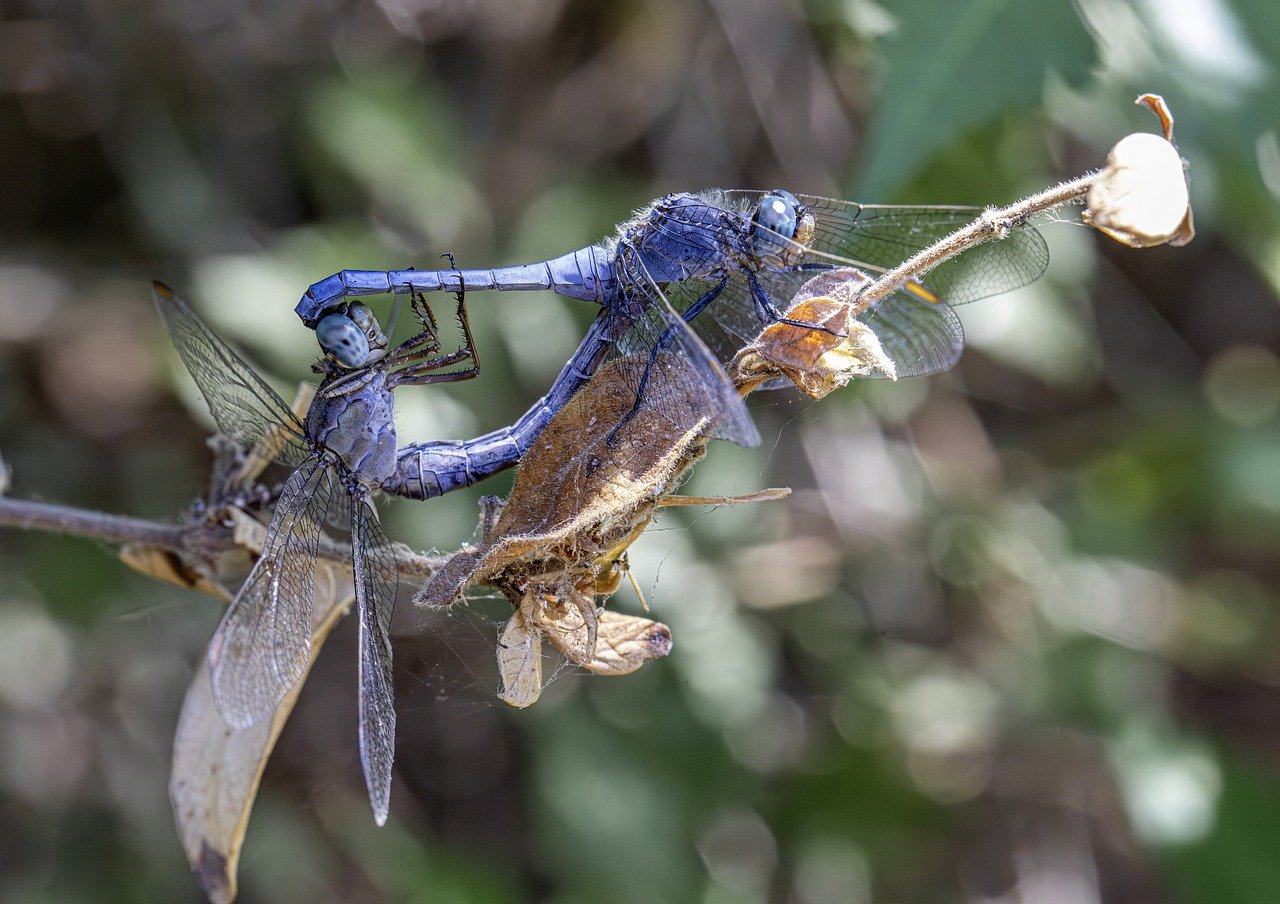
Role of Wetlands
Wetlands are often dubbed the “Earth’s kidneys” because of their remarkable ability to filter and purify water. These ecosystems, which include marshes, swamps, and bogs, serve as crucial buffers against environmental degradation. They not only filter pollutants from water but also play a vital role in flood control and carbon storage. Imagine wetlands as nature's sponges, soaking up excess rainwater and releasing it slowly, which helps to maintain the water cycle and prevent flooding in surrounding areas.
One of the most significant benefits of wetlands is their role in supporting biodiversity. They provide essential habitats for a myriad of species, including birds, fish, amphibians, and countless invertebrates. The rich plant life in wetlands creates complex ecosystems that are teeming with life. For example, the roots of wetland plants stabilize the soil, preventing erosion and creating safe havens for various species. Without these vital ecosystems, many freshwater species would face dire consequences, including extinction.
Moreover, wetlands are incredibly effective at carbon sequestration. They capture carbon dioxide from the atmosphere and store it in their vegetation and soil. This process not only helps mitigate climate change but also contributes to the overall health of our planet. As we face the challenges of climate change, preserving and restoring wetlands becomes increasingly critical.
To illustrate the importance of wetlands, consider the following table that summarizes their key roles:
| Role of Wetlands | Description |
|---|---|
| Water Filtration | Wetlands filter pollutants and improve water quality. |
| Flood Control | They absorb excess rainfall and reduce flooding risks. |
| Biodiversity Support | Wetlands provide habitats for numerous species. |
| Carbon Storage | They sequester carbon, helping to combat climate change. |
In addition to these ecological benefits, wetlands also offer social and economic advantages. They are often used for recreational activities such as fishing, birdwatching, and kayaking, which can boost local economies. Furthermore, by protecting wetlands, we are investing in our future, ensuring that these natural resources continue to provide essential services to both people and wildlife.
In conclusion, the role of wetlands in our environment cannot be overstated. They are crucial for maintaining ecological balance, supporting diverse life forms, and combating climate change. As we strive for a more sustainable future, it is imperative that we recognize the value of wetlands and take action to protect and restore these vital ecosystems.
- What are wetlands? Wetlands are areas where water covers the soil, either permanently or seasonally, and they include marshes, swamps, and bogs.
- Why are wetlands important? They provide essential services such as water filtration, flood control, biodiversity support, and carbon storage.
- How can we help protect wetlands? Community initiatives, responsible land use, and supporting conservation programs can all contribute to wetland protection.
- What are some examples of wetland plants? Common wetland plants include cattails, reeds, and water lilies.
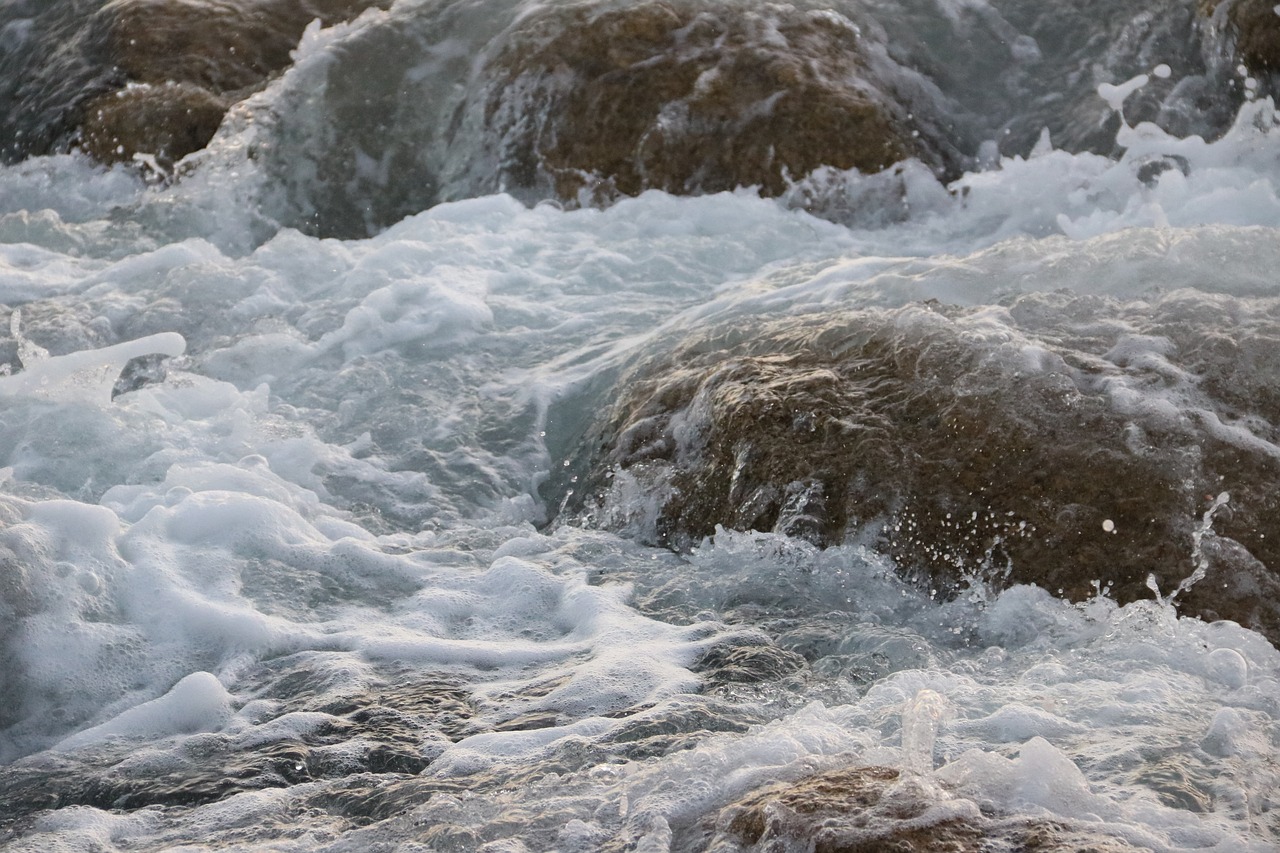
Climate Change and Water Resources
Climate change is not just an abstract concept; it's a reality that dramatically affects our water resources. As global temperatures rise, we witness a shift in weather patterns that leads to both extreme droughts and intense flooding. These changes create a perfect storm for water scarcity, making it crucial for us to understand the intricate relationship between climate change and our water supply. The reality is stark: climate change exacerbates existing water challenges, impacting everything from agricultural productivity to drinking water availability.
One of the most significant impacts of climate change on water resources is the alteration of precipitation patterns. In some regions, we see increased rainfall that can lead to flooding, while others experience prolonged dry spells. This inconsistency can disrupt the natural water cycle, making it difficult for communities to rely on traditional water sources. Furthermore, the melting of glaciers, which serve as natural reservoirs, threatens the water supply for millions who depend on them for drinking and irrigation. As glaciers recede, the risk of water shortages increases, particularly in areas that rely heavily on glacial meltwater.
The effects of climate change are not uniform; they vary significantly across different geographical regions. For instance, regions like sub-Saharan Africa and parts of Asia are particularly vulnerable to water scarcity due to their reliance on rain-fed agriculture. In these areas, unpredictable rainfall can lead to crop failures and food insecurity, creating a vicious cycle of poverty and resource depletion. Conversely, areas experiencing increased rainfall may face challenges related to water quality, as flooding can lead to contamination of water supplies.
To illustrate the impact of climate change on water resources, consider the following table that outlines the expected changes in water availability across various regions by 2050:
| Region | Expected Change in Water Availability | Impact on Agriculture |
|---|---|---|
| Sub-Saharan Africa | Decrease by 20-30% | Increased food insecurity |
| South Asia | Decrease by 10-15% | Reduced crop yields |
| North America | Increase in some areas, decrease in others | Variable crop success |
| Europe | Overall stability, but localized shortages | Potential for increased irrigation needs |
As we can see, the potential for water scarcity varies widely across the globe, influenced by local climate conditions and socio-economic factors. This variation underscores the importance of tailored water conservation strategies that take into account regional challenges.
In conclusion, addressing the relationship between climate change and water resources is not just about understanding the science; it's about taking action. By implementing effective water conservation practices and advocating for sustainable policies, we can mitigate the effects of climate change on our precious water resources. Remember, every drop counts, and our efforts today can make a significant difference for future generations.
- What are the main causes of water scarcity?
Water scarcity can be attributed to factors such as climate change, over-extraction of water resources, pollution, and population growth. - How does climate change affect water quality?
Climate change can lead to flooding, which may contaminate water supplies with pollutants, affecting overall water quality. - What can individuals do to conserve water?
Simple actions like fixing leaks, using water-efficient appliances, and reducing outdoor water use can significantly contribute to water conservation. - Why are wetlands important in water conservation?
Wetlands act as natural filters, improving water quality, supporting biodiversity, and helping to regulate water flow.

Economic Benefits of Water Conservation
When we think about water conservation, we often picture lush gardens and clean rivers, but have you ever considered the economic benefits? Conserving water isn't just good for the planet; it can also lead to significant savings for households and communities alike. Imagine slashing your utility bills while also contributing to a sustainable future. Sounds like a win-win, right?
One of the most immediate ways that water conservation impacts our wallets is through reduced utility costs. Households that adopt water-saving practices can see a noticeable decrease in their monthly bills. For instance, simple changes like fixing leaks, installing low-flow faucets, and using water-efficient appliances can lead to substantial savings over time. According to a recent study, households that implement these practices can save up to 30% on their water bills. Just think about what you could do with that extra cash!
Moreover, the economic advantages extend beyond individual households. Communities that prioritize water conservation can experience lower infrastructure costs. When water usage is reduced, the demand on local water supply systems decreases. This can lead to fewer investments in costly infrastructure upgrades, such as new pipes and treatment facilities. In essence, by conserving water, communities can allocate their budgets to other essential services like education and healthcare.
Now, let's talk about agriculture—an industry that consumes a whopping 70% of the world's freshwater. By implementing water conservation techniques, farmers can not only improve their crop yields but also reduce operational costs. Techniques such as drip irrigation and rainwater harvesting allow farmers to use water more efficiently, leading to healthier crops and lower expenses. In fact, studies have shown that farmers who adopt these practices can increase their profits by up to 50%. It’s like watering your plants with liquid gold!
Additionally, the economic ripple effect of water conservation is profound. When farmers save money, it can lead to lower food prices for consumers. This is crucial in a world where food security is a growing concern. By conserving water, we not only ensure a stable food supply but also contribute to a more resilient economy.
To illustrate the potential savings from water conservation, let's take a look at the following table:
| Water Conservation Method | Estimated Savings |
|---|---|
| Fixing Leaks | $200 per year |
| Low-Flow Faucets | $100 per year |
| Water-Efficient Appliances | $150 per year |
| Drip Irrigation for Farms | Up to $500 per year |
As you can see, the financial incentives for conserving water are significant. But it’s not just about saving money; it’s about creating a sustainable future for everyone. When we conserve water, we’re investing in our communities, our health, and our planet. So, the next time you turn off the faucet while brushing your teeth or choose to take a shorter shower, remember that you’re not just saving water—you’re also saving money and contributing to a healthier economy.
Q: How can I start conserving water at home?
A: You can start by fixing leaks, installing low-flow fixtures, and being mindful of your water usage during daily activities.
Q: Are there any government incentives for water conservation?
A: Yes, many local and state governments offer rebates and incentives for installing water-efficient appliances and fixtures.
Q: How does water conservation benefit the environment?
A: Conserving water helps protect ecosystems, reduces the energy required for water treatment and distribution, and mitigates the effects of droughts.
Q: Can businesses also benefit from water conservation?
A: Absolutely! Businesses can reduce operational costs and improve their sustainability profile by implementing water-saving practices.
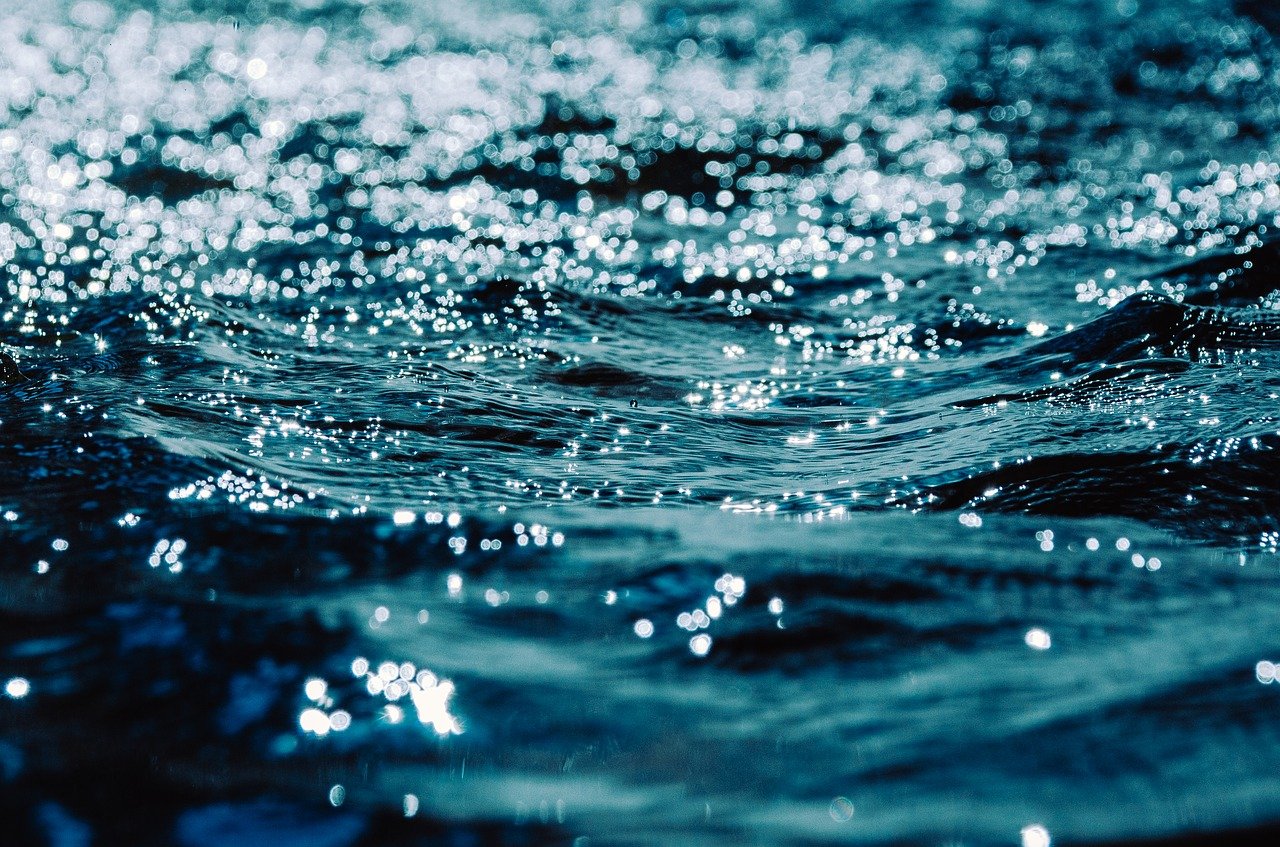
Cost Savings for Households
When it comes to household expenses, water bills can often take a significant bite out of your budget. However, by implementing some simple water conservation practices, you can not only reduce your environmental footprint but also save a considerable amount of money. Imagine cutting your water bill in half—sounds appealing, right? The reality is that small changes can lead to substantial savings over time. For instance, did you know that the average household can save up to 20,000 gallons of water per year just by fixing leaks and installing water-efficient fixtures? That's a win-win for both your wallet and the planet!
One of the easiest ways to start saving is by checking for leaks. A dripping faucet may seem harmless, but it can waste more than 3,000 gallons of water annually! By simply repairing these leaks, you can make a noticeable difference in your water usage and costs. Additionally, consider investing in water-saving devices such as low-flow showerheads and faucet aerators. These affordable tools can reduce water flow without sacrificing performance, leading to lower water bills without a noticeable change in your daily routine.
Moreover, being mindful of your water usage during daily activities can have a profound impact. For example, taking shorter showers and turning off the tap while brushing your teeth can save gallons of water each day. To illustrate this, let’s look at a quick comparison of water usage:
| Activity | Water Usage (Gallons) | Water-Saving Tip |
|---|---|---|
| 10-minute shower | 25 gallons | Reduce to 5 minutes |
| Brushing teeth with the tap running | 2 gallons | Turn off the tap |
| Washing a car with a hose | 100 gallons | Use a bucket and sponge |
As you can see, the potential for savings is significant! By adopting these simple strategies, households can collectively save millions of gallons of water and cut down on their utility bills. It's not just about saving money, though; it's about making a conscious effort to use our resources wisely. Every drop counts, and by being proactive, we can contribute to a more sustainable future.
In conclusion, the financial benefits of water conservation are clear. By making small adjustments in our daily habits and investing in water-efficient technologies, we can enjoy lower water bills while playing an essential role in the preservation of our precious water resources. So why not start today? Your wallet and the environment will thank you!
- How can I check for leaks in my home? Inspect faucets, toilets, and irrigation systems for any signs of water accumulation or dripping. You can also monitor your water meter for unexplained increases in usage.
- What are some water-saving technologies I can install? Consider low-flow showerheads, dual-flush toilets, and smart irrigation systems that adjust watering based on weather conditions.
- How much can I realistically save by conserving water? Savings vary, but many households can save hundreds of dollars annually with simple changes and repairs.
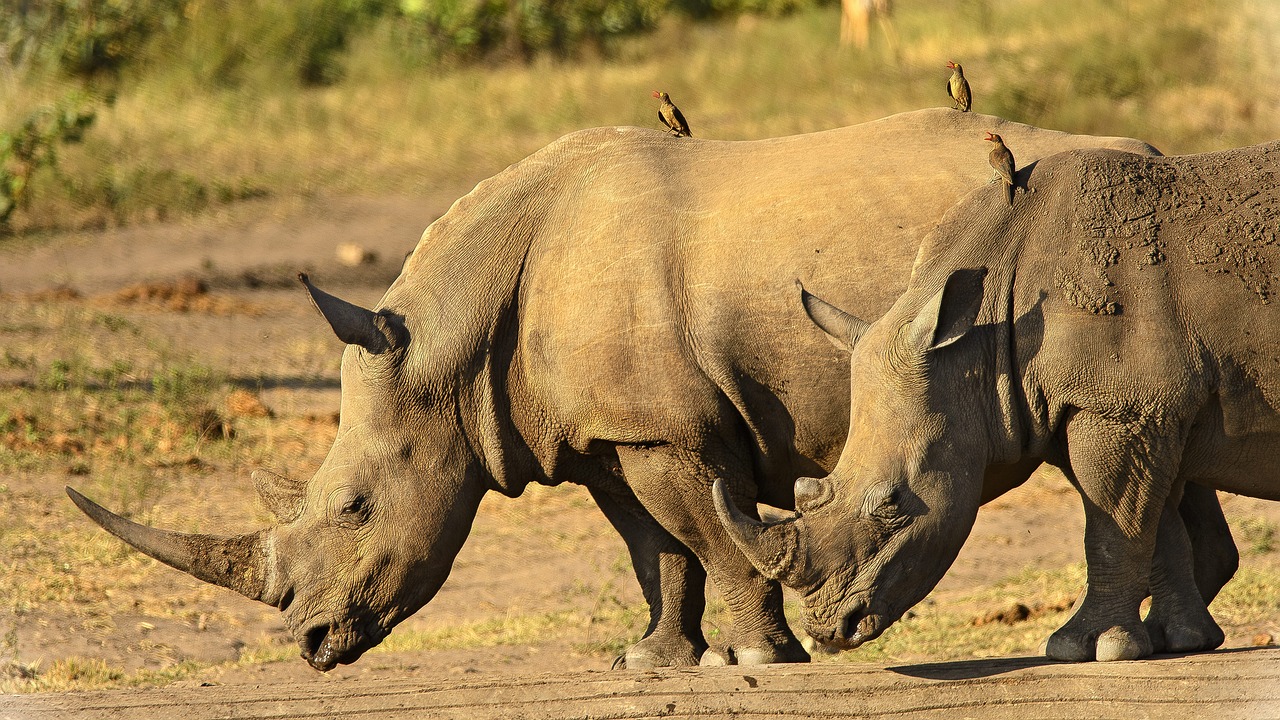
Impact on Agriculture
Agriculture is the backbone of many economies around the world, providing food, employment, and income for millions of people. However, it is also one of the largest consumers of water, accounting for approximately 70% of global freshwater withdrawals. As water scarcity becomes an increasingly pressing issue, the impact on agriculture cannot be overstated. Imagine trying to grow a garden in a drought; the plants struggle, and so does the gardener. This analogy perfectly captures the challenges faced by farmers today. Without sufficient water, crop yields diminish, soil health declines, and the overall sustainability of agricultural practices is threatened.
By implementing water conservation practices, farmers can not only ensure the health of their crops but also enhance their economic viability. For instance, techniques such as drip irrigation and rainwater harvesting can significantly reduce water usage while maintaining or even increasing crop yields. These methods allow water to be delivered directly to the roots of plants, minimizing evaporation and runoff. Moreover, adopting such practices can lead to substantial cost savings in terms of water bills and energy costs associated with pumping water.
Furthermore, water conservation in agriculture contributes to environmental sustainability. It helps preserve local ecosystems and reduces the pressure on freshwater resources. When farmers use water more efficiently, they can also mitigate the effects of agricultural runoff, which often carries fertilizers and pesticides into nearby waterways, causing pollution and harming aquatic life. This creates a win-win situation: healthier crops and a healthier environment.
To illustrate the potential benefits of water conservation in agriculture, consider the following table:
| Water Conservation Practice | Impact on Crop Yield | Cost Savings |
|---|---|---|
| Drip Irrigation | Increases by up to 90% | Reduces water costs by 30-50% |
| Rainwater Harvesting | Varies (depends on rainfall) | Can save up to 40% on water bills |
| Soil Moisture Sensors | Improves water efficiency | Reduces overwatering costs |
In conclusion, the impact of water conservation on agriculture is profound. By adopting water-saving practices, farmers can not only enhance their productivity and profitability but also contribute to a more sustainable future for our planet. The ripple effects of these changes can lead to healthier ecosystems and communities that thrive on responsible resource management. So, the next time you think about water conservation, remember that it’s not just about saving water; it’s about securing our food supply and safeguarding our environment for generations to come.
- Why is water conservation important in agriculture?
Water conservation is crucial in agriculture to ensure sustainable crop production, reduce costs, and protect local ecosystems. - What are some effective water-saving techniques?
Techniques such as drip irrigation, rainwater harvesting, and the use of soil moisture sensors can significantly reduce water usage. - How can farmers benefit economically from water conservation?
Farmers can save on water bills, reduce energy costs, and potentially increase crop yields by using water more efficiently.
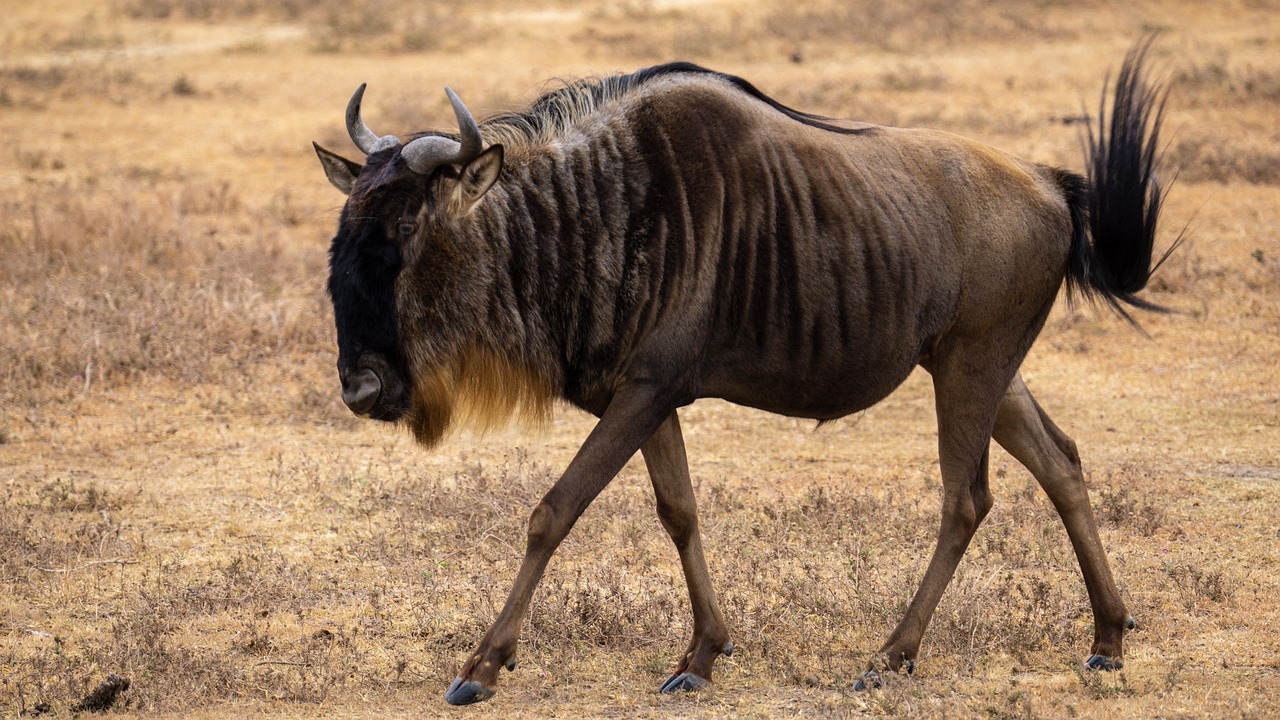
Practical Tips for Water Conservation
In our daily lives, conserving water might seem like a daunting task, but it’s actually easier than you think! Every little effort counts, and by making small changes, you can contribute significantly to water conservation. Whether you are at home, in the garden, or out and about, there are countless opportunities to save water. For instance, did you know that simply fixing a leaky faucet can save gallons of water each day? It’s true! A single drip per second can waste over 3,000 gallons a year. So, let’s dive into some practical tips that can help you become a water-saving champion!
First off, consider your daily habits. When brushing your teeth, turn off the tap while you scrub. This simple act can save around 4 gallons of water per day. Similarly, when taking a shower, try to keep it short. A five-minute shower uses about 10 to 25 gallons of water, so cutting it down even by a minute can lead to significant savings over time. You might think, “But I love my long, relaxing showers!” Well, think of it this way: by conserving water, you’re not only helping the environment but also reducing your water bill. It’s a win-win!
In addition to personal habits, consider investing in water-saving technologies. There are numerous devices available that can help you reduce water usage without sacrificing comfort. For example, low-flow showerheads and faucet aerators can cut water usage by up to 50% without compromising pressure. Furthermore, dual-flush toilets allow you to choose how much water to use for each flush, saving a remarkable amount of water over time. These small upgrades can lead to substantial savings on your utility bills, making it a smart financial decision.
When it comes to gardening, you can also implement effective water conservation strategies. Instead of watering your garden during the hottest part of the day, try to do it early in the morning or late in the evening. This way, you minimize evaporation and ensure that more water reaches the roots of your plants. Additionally, consider using mulch around your plants. Mulch helps retain moisture in the soil, reducing the need for frequent watering. If you’re looking for even more efficiency, why not install a rain barrel? Collecting rainwater is a sustainable way to water your garden and can save you money on your water bill.
Lastly, community initiatives can play a significant role in water conservation. Have you ever thought about joining or starting a local water conservation group? These initiatives can raise awareness and encourage collective action within your community. For example, organizing a neighborhood clean-up can help protect local water sources from pollution, while workshops can educate residents on sustainable practices. When people come together, they can create a ripple effect that leads to lasting change.
Q: How much water can I save by changing my daily habits?
A: By making small changes, such as turning off the tap while brushing your teeth or taking shorter showers, you can save hundreds of gallons of water each month!
Q: Are water-saving devices really effective?
A: Absolutely! Devices like low-flow showerheads and dual-flush toilets can significantly reduce your water usage without compromising your comfort.
Q: What are some community initiatives I can get involved in?
A: Look for local environmental groups or community centers that host workshops and events focused on water conservation. You can also start your own initiative by organizing clean-ups or educational sessions!
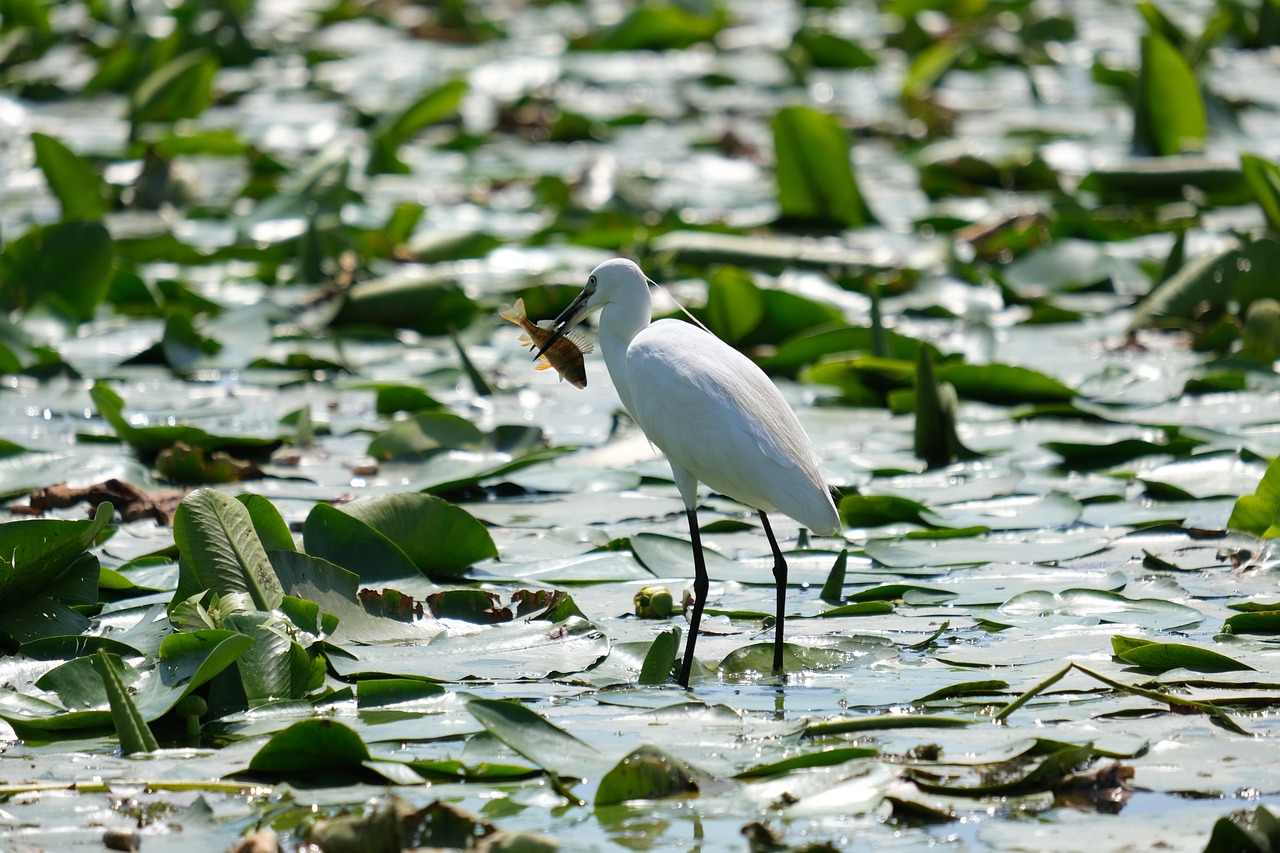
Water-Saving Technologies
In our quest for a sustainable future, have emerged as heroes in the battle against water waste. Imagine a world where every drop counts, where innovative solutions transform the way we use water at home and in our communities. These technologies are not just fancy gadgets; they represent a shift in our mindset towards conservation. From smart irrigation systems to low-flow fixtures, the options are both diverse and effective.
One of the most exciting advancements in water-saving technology is the smart irrigation system. These systems utilize sensors and weather data to determine the optimal watering schedule for gardens and lawns. Instead of watering on a fixed schedule, smart systems adjust according to real-time conditions, ensuring that plants receive just the right amount of moisture. This technology not only conserves water but also promotes healthier plant growth. Imagine cutting your water usage by up to 50% just by using a smart system! It's like having a personal gardener who knows exactly when to water.
Low-flow fixtures are another game-changer. By replacing traditional faucets, showerheads, and toilets with low-flow alternatives, households can significantly reduce their water consumption without sacrificing performance. For instance, a low-flow showerhead can save a family of four about 2,900 gallons of water each year. That’s enough to fill a small swimming pool! Not only do these fixtures save water, but they also lead to lower utility bills, making them a win-win for both the environment and your wallet.
Moreover, rainwater harvesting systems are gaining popularity, allowing homeowners to collect and store rainwater for irrigation and other non-potable uses. This technology harnesses nature’s free resource and reduces reliance on municipal water supplies. Picture this: a simple barrel under your downspout collecting rainwater, ready to nourish your garden during dry spells. It’s a beautiful cycle of conservation that benefits both your plants and the planet.
To give you a clearer picture of the impact of these technologies, let’s take a look at a comparison table:
| Technology | Water Saved (per year) | Benefits |
|---|---|---|
| Smart Irrigation System | Up to 50% | Adjusts watering based on weather; promotes plant health |
| Low-Flow Fixtures | 2,900 gallons | Reduces utility bills; easy to install |
| Rainwater Harvesting | Varies by rainfall | Uses free water; reduces stormwater runoff |
In addition to these technologies, there are also smart appliances that help conserve water. For instance, dishwashers and washing machines with water-efficient settings can save a significant amount of water compared to older models. These appliances are designed to optimize water use while still delivering excellent cleaning results. It’s like having a little eco-warrior working behind the scenes in your home!
As we embrace these water-saving technologies, it’s essential to remember that their effectiveness relies on our commitment to using them. Education and awareness play a crucial role in this journey. By sharing knowledge about the benefits and functionalities of these technologies, we can inspire others to make the switch, creating a ripple effect of conservation.
In conclusion, adopting water-saving technologies is not just a trend; it’s a necessary step towards a more sustainable future. By integrating these solutions into our daily lives, we can significantly reduce our water footprint and contribute to the health of our planet. So, let’s take action today—every drop saved makes a difference!
- What are water-saving technologies? Water-saving technologies are innovations designed to reduce water consumption in various applications, such as irrigation, household fixtures, and appliances.
- How much water can I save by using low-flow fixtures? A household can save thousands of gallons of water each year by switching to low-flow fixtures.
- Are smart irrigation systems worth the investment? Yes, they can significantly reduce water usage and help maintain healthier gardens and lawns, often leading to cost savings on water bills.
- Can rainwater harvesting systems be installed in any home? Most homes can install rainwater harvesting systems, but it’s important to check local regulations and guidelines.
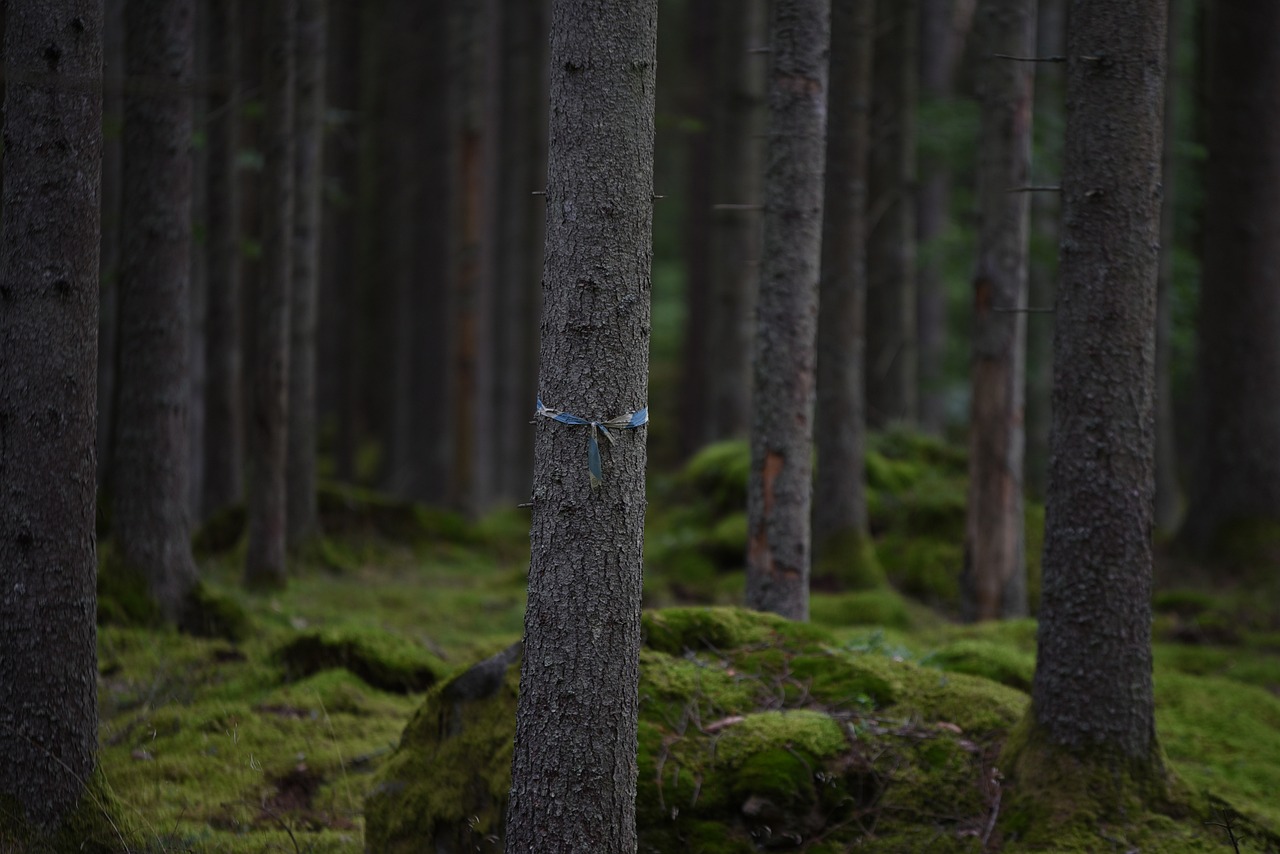
Community Initiatives
When it comes to water conservation, the power of community initiatives cannot be overstated. These grassroots movements not only foster a sense of belonging but also mobilize collective action toward a common goal: preserving our precious water resources. Imagine a neighborhood where everyone is on board, sharing tips and tricks, and working together to reduce water waste. It’s like a well-orchestrated symphony, where every note contributes to a beautiful melody of sustainability.
One of the most effective ways communities can come together is through local awareness campaigns. These campaigns can educate residents about the importance of water conservation and provide practical strategies to implement in their daily lives. For example, workshops can be organized to demonstrate how to install rainwater harvesting systems or how to create drought-resistant gardens. By engaging the community in hands-on activities, people become more invested in the cause and are likely to adopt water-saving practices.
Additionally, communities can establish water conservation challenges that encourage friendly competition among residents. These challenges can involve tracking water usage over a month and rewarding those who manage to reduce their consumption the most. Not only does this foster a spirit of camaraderie, but it also raises awareness about individual water footprints. Imagine the excitement of seeing neighbors rally together, sharing their successes and strategies, and learning from one another!
Moreover, local governments and organizations can play a pivotal role by providing resources and support for community-led initiatives. This can include funding for projects aimed at improving irrigation systems in community gardens or grants for schools to implement water-saving technologies. By investing in these initiatives, municipalities not only enhance their sustainability efforts but also empower residents to take action.
To further illustrate the impact of community initiatives, let’s take a look at a few successful programs from around the world:
| Program Name | Location | Description |
|---|---|---|
| WaterWise | Los Angeles, USA | A community program that offers free water audits and rebates for water-efficient appliances. |
| Save Water, Save Life | New Delhi, India | A campaign that educates citizens on water conservation techniques and promotes rainwater harvesting. |
| Green Streets | Melbourne, Australia | A project that transforms urban spaces into green areas, reducing stormwater runoff and promoting biodiversity. |
These examples show that when communities unite for a common cause, they can create significant change. The ripple effect of these initiatives can extend far beyond local boundaries, inspiring neighboring communities to take similar actions. It’s like tossing a pebble into a pond—the ripples spread outward, touching lives and encouraging a broader movement toward water conservation.
In conclusion, community initiatives are a vital part of the water conservation puzzle. By working together, sharing resources, and inspiring one another, communities can make a lasting impact on water sustainability. So, let’s roll up our sleeves, get involved, and make every drop count! After all, together we can create a wave of change that will benefit not just our neighborhoods but the entire planet.
Q: What are some simple ways I can contribute to community water conservation efforts?
A: You can start by participating in local workshops, joining community challenges, or even organizing clean-up days at local water bodies. Every little effort counts!
Q: How can I find out about community initiatives in my area?
A: Check with your local government website, community centers, or environmental organizations for information on upcoming events and initiatives.
Q: Are there any financial incentives for participating in water conservation programs?
A: Many communities offer rebates or grants for implementing water-saving technologies. It’s worth researching what’s available in your area!
Frequently Asked Questions
- Why is water conservation important?
Water conservation is crucial because it helps protect our natural ecosystems, ensures a sustainable supply of water for future generations, and can lead to significant economic savings. By conserving water, we reduce the strain on our water resources and help maintain biodiversity.
- What are the main causes of water scarcity?
Water scarcity is primarily caused by factors such as over-extraction of water, pollution, climate change, and population growth. These elements lead to reduced availability of freshwater resources, impacting health, agriculture, and ecosystems globally.
- How does wasting water affect the environment?
Wasting water can lead to habitat destruction, reduced biodiversity, and the depletion of vital aquatic ecosystems. When water is wasted, it not only affects the immediate environment but also contributes to larger issues like climate change and the loss of freshwater species.
- What can individuals do to conserve water at home?
Individuals can implement simple practices such as fixing leaks, using water-saving appliances, taking shorter showers, and collecting rainwater for gardening. Every little action counts and can contribute to a larger impact on water conservation.
- How can communities promote water conservation?
Communities can establish initiatives like awareness campaigns, community gardens, and local regulations that encourage water-saving practices. Collaborating with local organizations and residents can amplify the impact of these efforts.
- What are some water-saving technologies?
There are several innovative technologies available that can help save water, such as low-flow faucets, dual-flush toilets, and smart irrigation systems. These devices not only reduce water consumption but can also lower utility bills.
- How does water conservation benefit agriculture?
Water conservation in agriculture can lead to improved crop yields and lower costs for farmers. By using efficient irrigation techniques and drought-resistant crops, farmers can optimize their water use and promote sustainable agricultural practices.
- What role do wetlands play in water conservation?
Wetlands are essential for filtering water, supporting wildlife, and controlling floods. Conserving water helps protect these ecosystems, which in turn maintain water quality and support a diverse range of species.



















